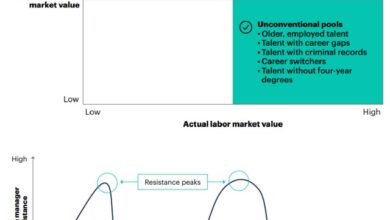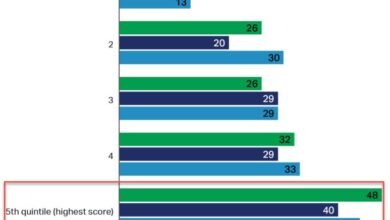
Source | talentculture.com | Meghan M. Biro
As always, I’ve been following the trends that are really going to change the way we work. Among them: the need to continue evolving our concept of the workforce and the tools changing how, where, and when we work.
Generation after generation is moving closer to a completely digitally-enabled form of working. We’re now welcoming the first wave of Generation Z into our organizations. For these digital natives, tech is simply part of their world. It’s not a novelty; it’s not an “other.” Technology is fully integrating itself into everything we do. It’s reached the point where tech is advancing us well beyond the traditional boundaries of workplace and workday, allowing us to expand, scale, and ease up on the rigid definitions applied to how we work.
Tech is also unlocking a surprising key to engagement and productivity — flexibility. From the youngest working demographic all the way to senior leadership, we’re all learning that being flexible has tangible and mutual benefits. We don’t necessarily have to work in the same place, at the same time, or even five days a week to perform at our best. In fact, according to Citrix CTO Christian Reilly’s perspective on the recent ‘Future of the Working Week’ report (PDF), “A four-day week is not the only option for creating a shorter working week, and there is no one-size fits all solution. But it is the creation of flexibility and useful working hours that is key, in striving for a healthier work-life balance, and more productive output.”
Furthermore, the recent study by the Centre of Economics and Business Research (Cebr) (in conjunction with Citrix) spells out the benefits of flexibility by the numbers. The bottom line: flexible work models are a win. Companies that leverage technology to enable flexibility can better attract talent and increase employee engagement and productivity. They can also potentially boost the US economy by as much as $2.36 trillion a year. Yes, that’s trillion with a “T.”






